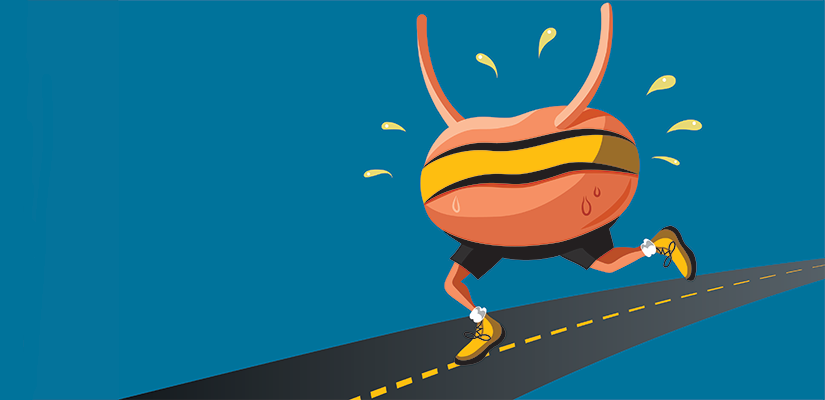A $1.7 million grant awarded to John Speich, Ph.D., associate professor and associate chair in the Department of Mechanical and Nuclear Engineering, and Adam Klausner, Ph.D., associate professor and the Warren Koontz Professor of Urologic Research in the Division of Urology/Department of Surgery of VCU’s School of Medicine, may lead to improved diagnosis and treatment of overactive bladder. The condition affects nearly 20 percent of adults.
The five-year study, “The Detrusor Tension Sensor: A Model for Novel Cystometrics in Overactive Bladder,” was funded by the National Institutes of Health’s National Institute of Diabetes and Digestive and Kidney Diseases.
For the past 50 years, overactive bladders have typically been diagnosed via an invasive test called urodynamics, in which a catheter is inserted to measure the pressure in the bladder. Speich and Klausner are working to improve the standard urodynamics testing by adding 2-D and 3-D ultrasound, as well as 4-D ultrasounds that show 3-D images in motion over time.
Speich helped develop an improved “urgency meter,” which allows patients to describe how full their bladder is with more accuracy, providing the physician with more specific information that can be used to diagnose the problem. “Right now, when a patient is undergoing a urodynamics test, the physician asks how their bladder feels as it is filling. They ask for three data points – their first sensation, their first desire to empty and when they have a strong desire to empty,” he said. “We’ve developed a meter that continuously records their reported sensation. It basically looks like a fuel gauge, going from empty to full, and gives the physician a more complete picture of their sensation throughout filling.”
Speich’s goal is to give doctors in the clinic better tools for analyzing data so they can make better, more informed decisions about diagnosis and treatment.
“As engineers, we make things to help people. I am working with my team to design tools that can improve the way we diagnose clinical conditions like over - active bladder. In the end, this will hope - fully lead to improved quality of life for patients with bladder problems,” he said.
